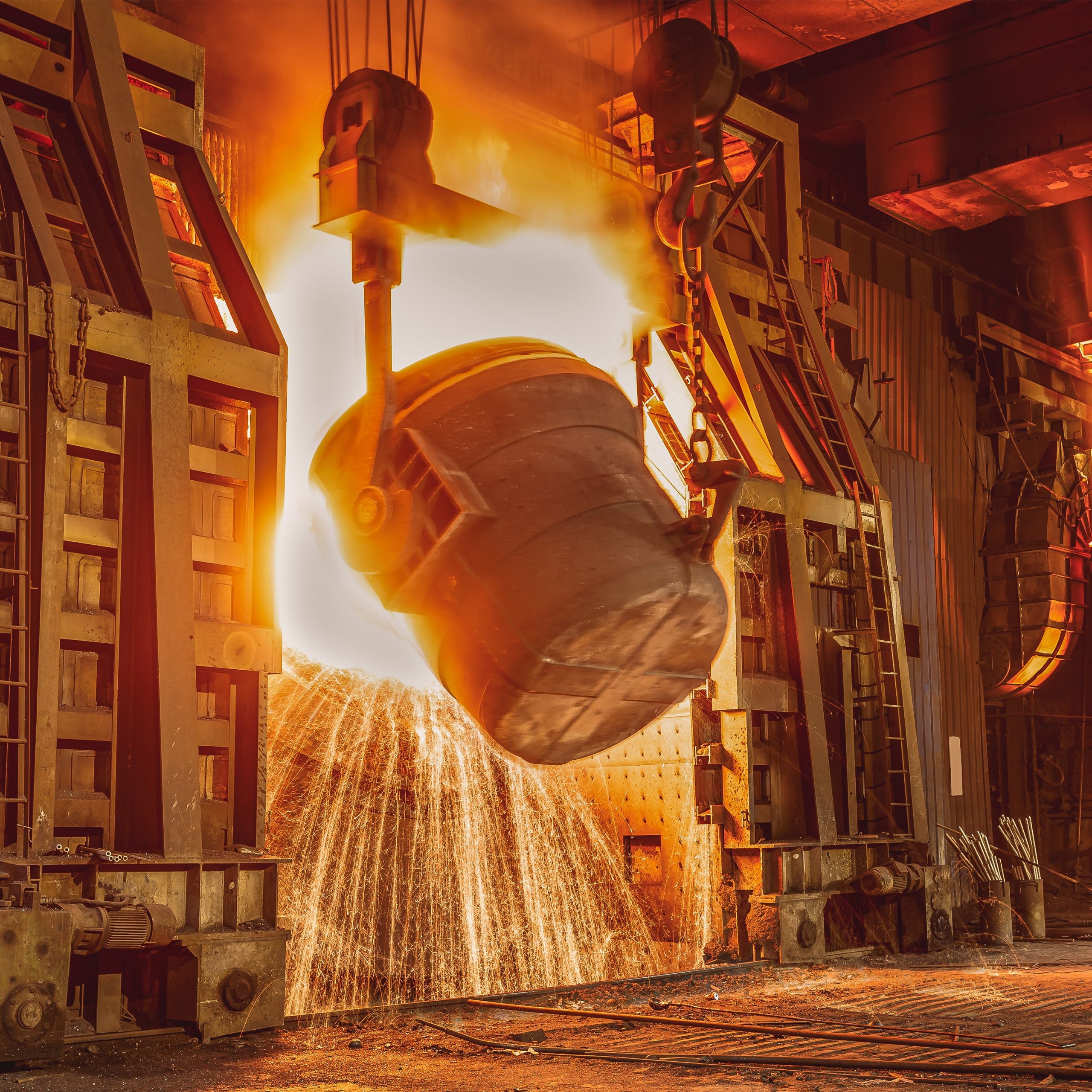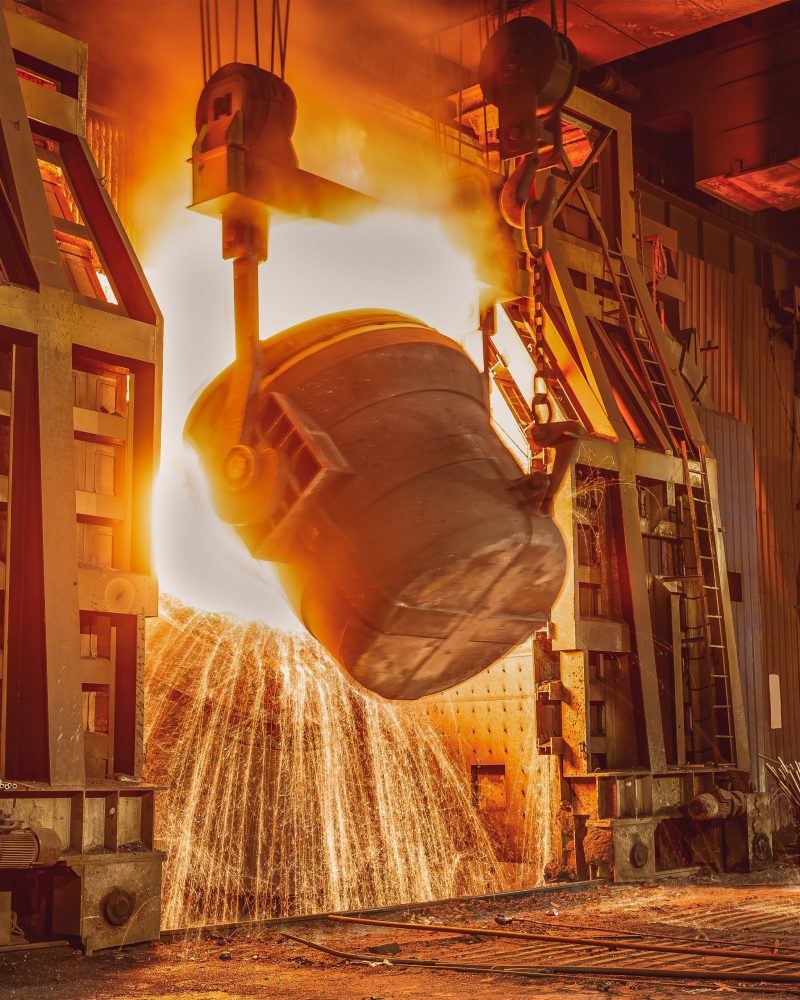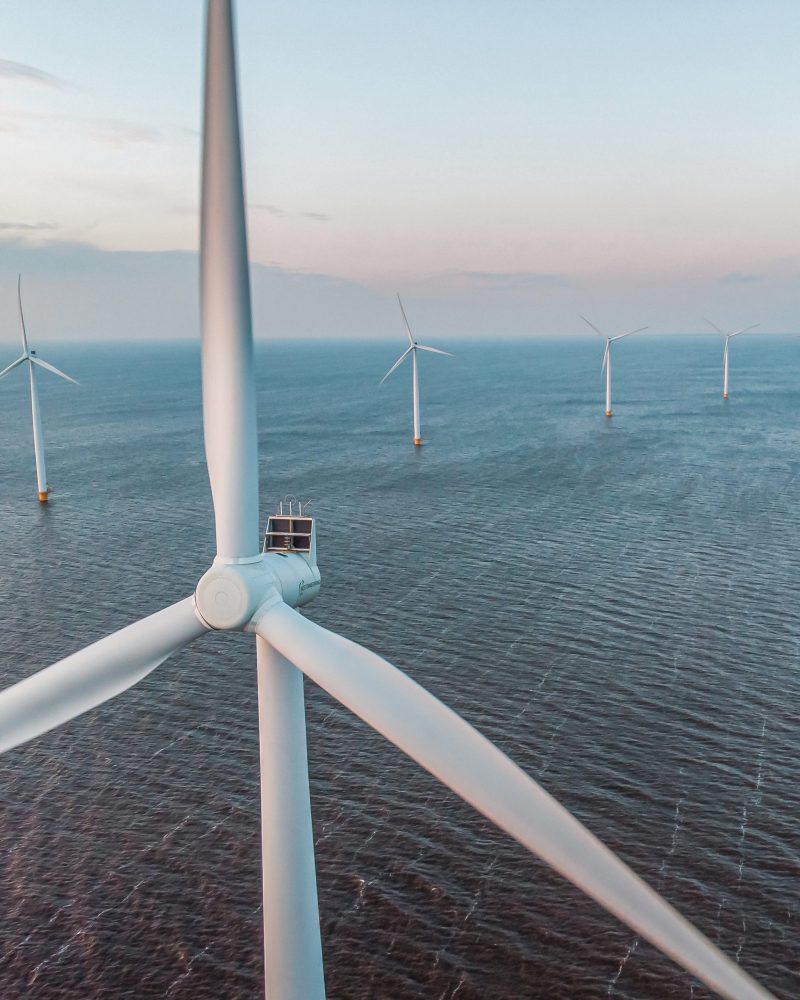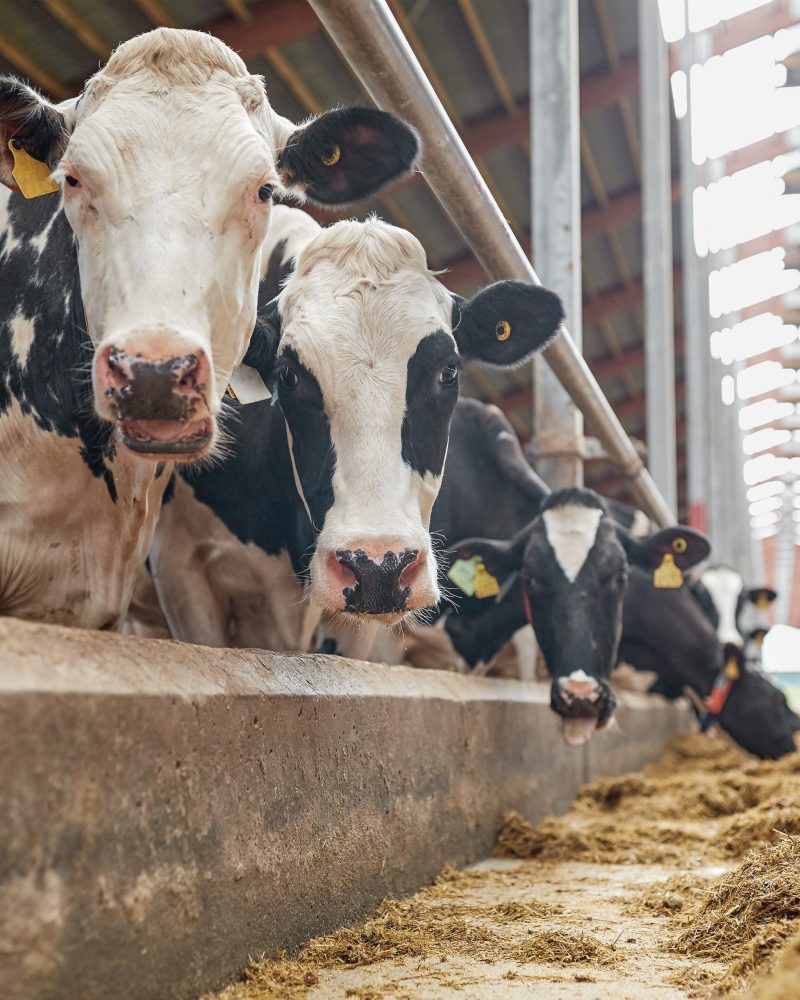Unfortunately there are no easy solutions to decarbonising commonly-used materials like concrete, steel and plastics, which are used to make everything from buildings, to cars, to trainers. However, there are alternatives as well as innovations which, if encouraged by government investment and incentives, could make a significant difference.
Almost all of the most commonly used materials currently used in manufacturing have a significant environmental impact, but there are three that stand out: Steel, concrete (or rather, the cement used to make it) and plastics.
Even the steel industry’s own representative body, the World Steel Association admits that the material is problematic. In a recent report, it estimated that the 1.86 billion tonnes of steel made worldwide in 2020 produced some 2.6 billion tonnes of direct CO2 emissions. This amounts to between 7 and 9 percent of the global total – more than all road freight.
Global crude steel production capacity has more than doubled over the past two decades.
Iron & Steel Technology Road Map Report
The worst offenders
Concrete, another commonly used construction material, is also highly polluting, chiefly because of the process of extracting calcium needed to make the cement in it. Its estimated that the cement industry is responsible for around eight percent of global greenhouse gas emissions – more than any country except for China and the US.
Almost all plastics currently in use around the world are made from oil derivatives. In terms of greenhouse gas emissions, plastics are less damaging than concrete or steel, chiefly because much of the carbon remains locked into the material, but they present other, major environmental problems – the fact that they’re mostly non-biodegradable means they pollute oceans and water sources around the world, for example.
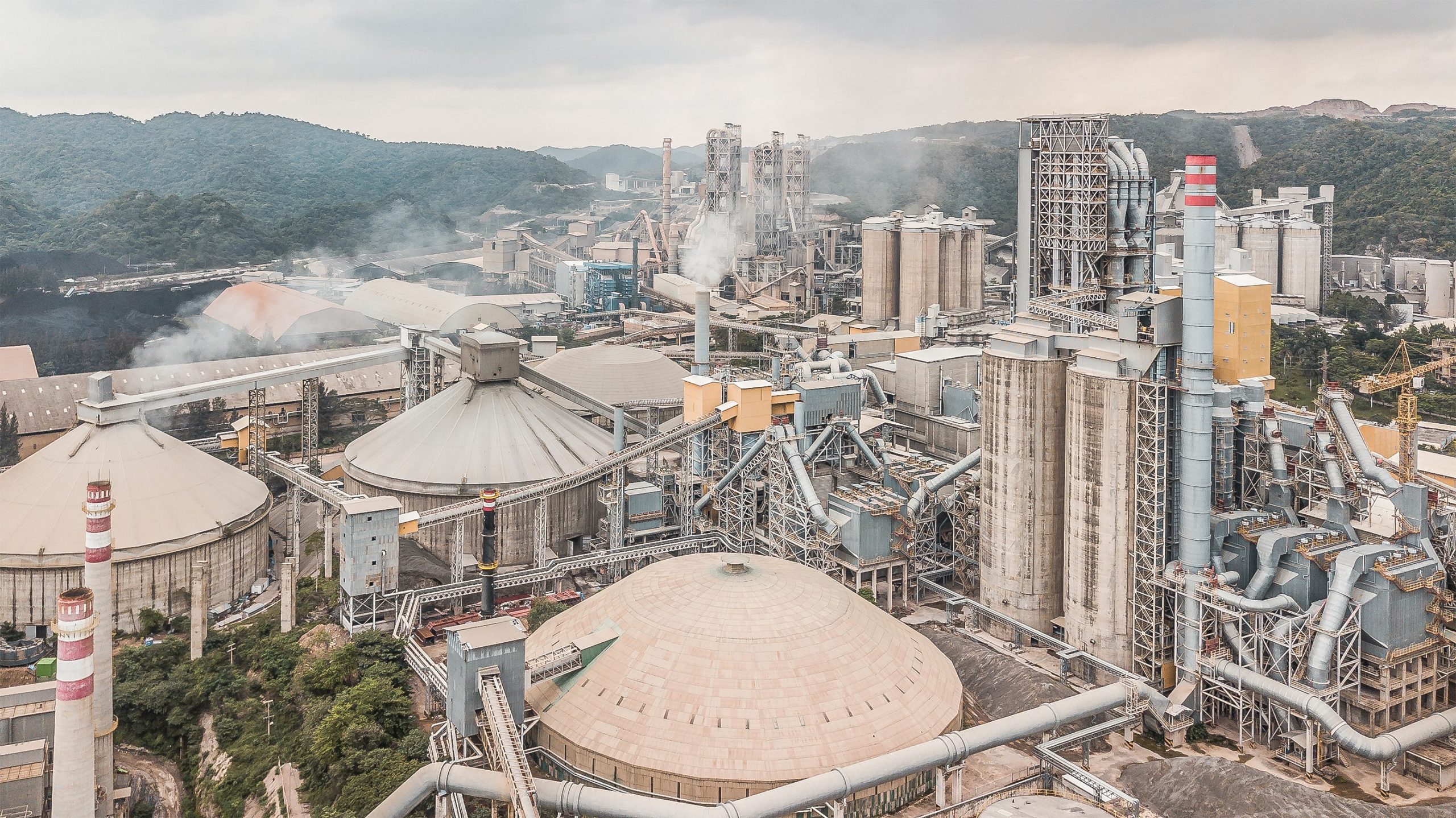
We need to make things better, not make them worse
We need to make things better, not make them worse
Much of the current carbon footprint of materials manufacture comes from its energy demand, and the fact that the bulk of the world’s energy is produced by burning fossil fuels. According to the International Energy Agency (IEA), of the 2.6 billion tonnes of direct CO2 emissions produced by the global steel industry in 2020, for example, only 300 million are what’s known as ‘process emissions’ – i.e. greenhouse gas emissions produced by the chemical reaction needed to make steel itself. If the energy needed to make steel could be provided by renewable electricity, for example, instead of burning fossil fuels, steel’s carbon footprint could be vastly reduced (although not completely eliminated).
Energy performance improvements to existing equipment are important, but by themselves not sufficient for a long-term transition.
Iron & Steel Technology Road Map Report

Recycle as Much as Possible
Recycling can vastly reduce the environmental impact of any material. According to the IEA, making new steel products from recycled scrap requires just one eighth of the energy needed to make the material from scratch. Steel is currently widely recycled, but not all materials are. According to the US Environmental Protection Agency, only around a third of aluminium cans and packaging produced in the States was recycled in 2018. Meanwhile, only nine percent of all plastic waste ever produced has been recycled, according to the UN Environment Program.
Develop Alternatives, and Use Less
There have been great leaps forward in the development and use of bioplastics, made from plant derivatives, in recent years. While they’re not a perfect solution to the problem of new plastic waste (they require careful recycling to fulfil their promise of being biodegradable, for example) they’re a start.
Using traditional materials like wood or bamboo is construction can help reduce buildings’ environmental impact. Alternative ways of making steel that produce zero process emissions – and could, eventually, be totally emission free in theory – are being explored. But policies that push manufacturers to reduce wastage – and just use less stuff overall – are equally important.
More efficient use of energy and materials can help, but will not be sufficient.
Iron & Steel Technology Road Map Report
